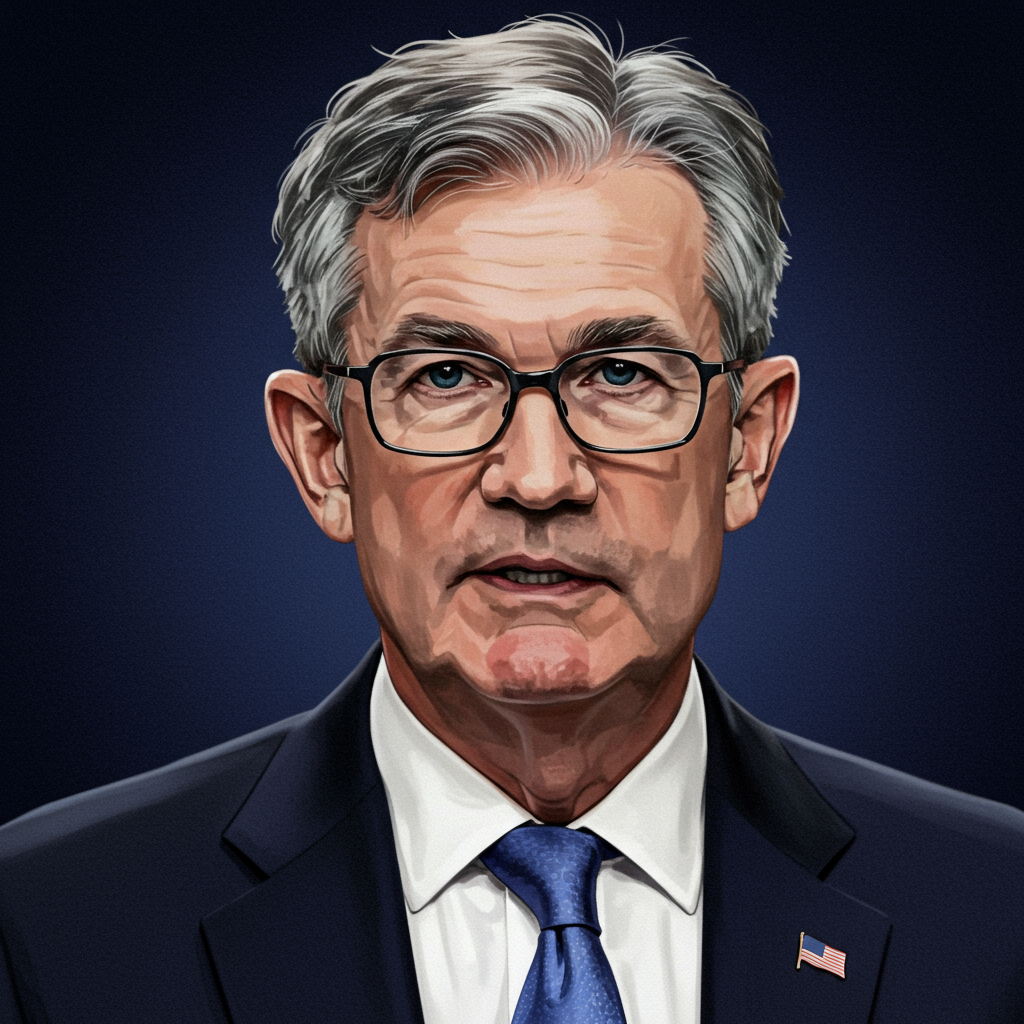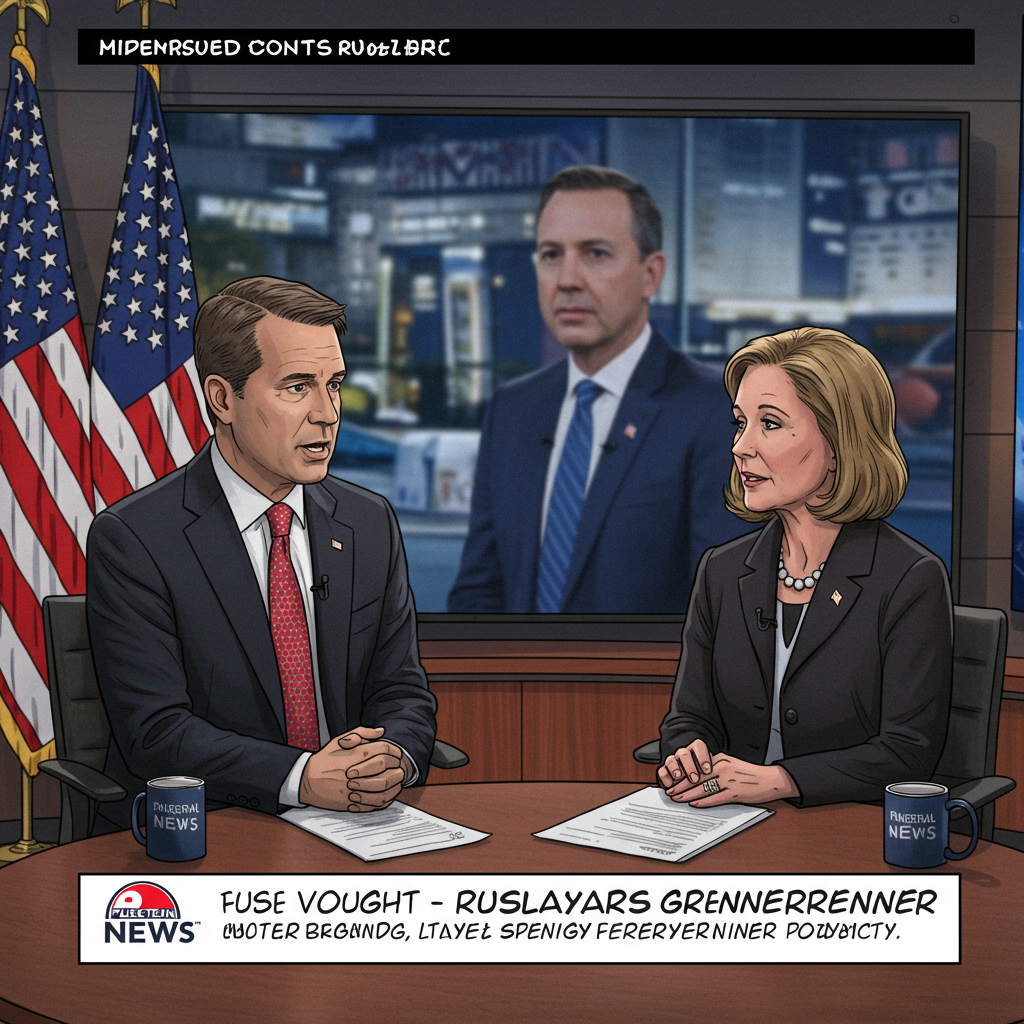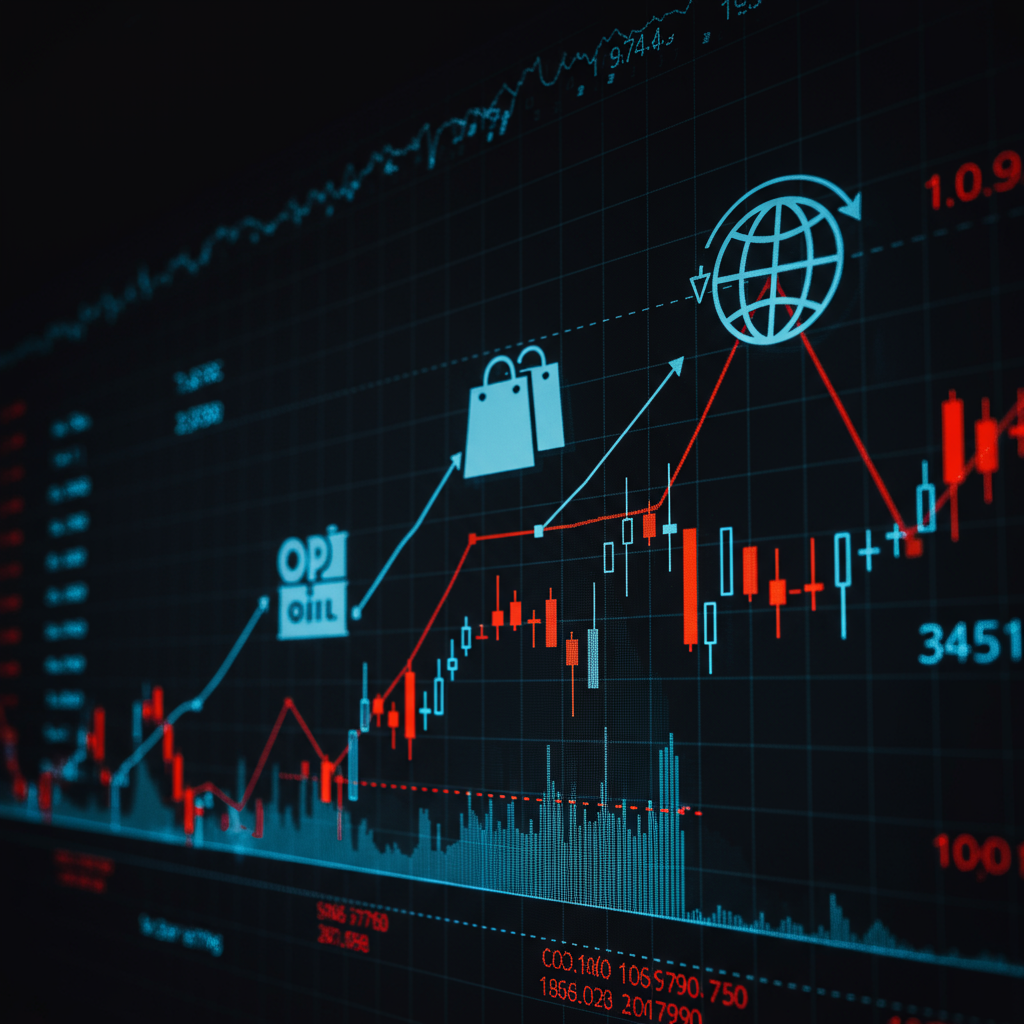Former President Donald trump is intensifying his pressure campaign against the Federal Reserve, demanding sharp cuts to U.S. interest rates and launching pointed attacks on Chair Jerome Powell and the central bank’s Board of Governors. This persistent push highlights a fundamental clash between political desires for cheaper borrowing costs and the Fed’s statutory mandate to manage inflation and employment independently. Recent public statements, social media posts, and even a handwritten message underscore the escalating nature of this long-running tension.
Trump argues that the current U.S. interest rate is excessively high, especially when compared to those in other developed economies. He frequently cites charts showing the U.S. rate as being among the highest globally, using this comparison to criticize the Fed’s inaction. His desired outcome is explicit: an “ultra-low” interest rate, ideally targeting “1% Interest, or better!”
Why Trump Demands Lower Rates
The core of Trump’s argument for slashing interest rates centers on two main points. First, he contends that high rates cost the federal government vast sums in interest payments on the national debt. He has claimed that lower rates could save the U.S. “800 Billion Dollars Per Year, plus,” although the basis for this specific figure remains largely unexplained.
Second, Trump believes lower borrowing costs would stimulate the U.S. economy, which he often describes as strong despite the Fed’s current policy. He asserts that with “no inflation” and a “great economy,” a lower rate is justified and would make it easier for Americans and businesses to borrow money for investments and purchases. This stance represents a notable shift from his position during the previous presidential campaign, where he accused Powell of potentially playing politics by cutting rates to boost the economy for his opponents. Upon winning the election, however, his focus immediately shifted to advocating for cuts.
Trump has utilized various platforms to voice his demands and criticisms. These include public rallies, official White House communications (as seen when Press Secretary Karoline Leavitt displayed his message to the Fed), and frequent posts on his Truth Social platform. In these messages, he has not shied away from harsh language, calling Powell names like “very dumb, hardheaded,” a “fool,” and “numbskull,” and stating that he is “always TOO LATE AND WRONG.” He believes Powell and the Fed board “should be ashamed of themselves” for the current rate environment.
The Federal Reserve’s Independent Stance
Despite the sustained political pressure, the Federal Reserve, led by Chair Jerome Powell, has consistently maintained its position. The Fed operates under a dual mandate from Congress: to achieve maximum employment and maintain stable prices (targeting 2% inflation). Decisions on the benchmark interest rate are made by the Federal Open Market Committee (FOMC) and are intended to be data-driven and independent of political influence.
Powell has repeatedly stated that the Fed’s policy choices are based solely on economic data and the pursuit of its mandates, not on political factors or the government’s financial situation. He has declined to directly engage with Trump’s public critiques, reinforcing the central bank’s commitment to its independence. This stance has earned him praise from various lawmakers and international financial leaders who view Fed independence as crucial for long-term economic stability.
A key point of contention lies in the impact of tariffs and other geopolitical factors. While Trump dismisses concerns about inflation under current conditions, Powell and other economists argue that the administration’s tariffs place upward pressure on prices. Powell has warned that these trade policies are “highly likely to generate at least a temporary rise in inflation” and could make it more challenging for the Fed to justify rate cuts aimed at stimulating the economy. He emphasizes the need for “clarity” from economic data before considering adjustments to the rate, a consistent theme from recent FOMC discussions.
Why Fed Independence Matters
The ongoing conflict underscores the importance of the Federal Reserve’s independence. This structure is designed to allow the central bank to make potentially unpopular decisions—like keeping rates higher than politicians prefer—if deemed necessary to control inflation and ensure long-term economic health. When political pressure appears to sway monetary policy, it can create uncertainty in financial markets, potentially impacting asset prices and the value of the U.S. dollar. Past instances of market volatility occurred when Trump reportedly threatened Powell’s job security.
Economists hold varying views on the optimal path forward. While Powell and the FOMC prioritize waiting for more data signals, some experts disagree with the current restrictive stance. For example, Jeremy Siegel, a finance professor, has argued that decisions shouldn’t be based heavily on potential future inflationary factors like tariffs. He contends that reacting to a “tax-induced price level jump” from tariffs with monetary tightening is “bad economics” and suggests the Fed funds rate is currently too high, potentially 75 to 100 basis points above the economy’s “true neutral rate.”
The Unprecedented Question of the Next Fed Chair
Adding another layer of intrigue to the situation is the question of who will lead the Fed next. Jerome Powell’s current term as Chair is scheduled to end in May 2026. However, Trump has recently suggested he is nearing a decision on his nominee to succeed Powell, indicating a potential announcement could be “imminent,” possibly as early as this summer.
Naming a successor so far in advance would be unprecedented in the Federal Reserve’s 111-year history. Typically, presidents announce their nominations in the final months of an incumbent chair’s term. Such an early announcement could create a dynamic of a “shadow” Fed chair, potentially causing confusion in financial markets, putting downward pressure on the U.S. dollar, and possibly increasing long-term interest rates if the chosen nominee signals views sharply divergent from the current Fed’s direction.
Trump has been public about his preference for a successor who would be inclined to “lower (interest rates).” Several individuals are reportedly being considered, including Treasury Secretary Scott Bessent, former Fed governor Kevin Warsh, current Fed governor Christopher Waller, National Economic Council director Kevin Hassett, and David Malpass, former head of the World Bank. Trump has commented on Kevin Warsh’s talent but noted that Warsh “wouldn’t be doing what Powell is,” suggesting a preference for someone even more aligned with rate cuts.
The ongoing tension between political calls for specific economic outcomes, particularly lower borrowing costs, and the Federal Reserve’s commitment to its independent, data-driven mandate remains a critical point of economic and political discussion. The impending decision regarding the next Fed chair could further amplify this tension and shape future monetary policy expectations.
Frequently Asked Questions
Why does Trump want the Fed to lower interest rates?
Donald Trump advocates for lower interest rates primarily because he believes high rates increase the U.S. government’s debt interest payments and hinder economic growth by making borrowing expensive. He argues that compared to other global central banks that have already cut rates, the U.S. Federal Reserve is lagging. He also claims the U.S. economy is strong and inflation is low enough to support significant rate reductions, suggesting rates could be lowered to 1% or even better.
How does the Federal Reserve justify keeping interest rates steady despite pressure?
The Federal Reserve, led by Jerome Powell, justifies its current stance by citing its dual mandate to control inflation and maximize employment based on economic data. Fed officials maintain that decisions are apolitical and require clear evidence that inflation is sustainably moving towards their 2% target before considering rate cuts. They also note that factors like tariffs and geopolitical events can create inflationary pressures, making caution necessary before lowering rates.
What are the potential implications of Trump potentially naming the next Fed chair early?
Naming a successor to Jerome Powell well before his term expires in May 2026 would be unprecedented. It could create uncertainty in financial markets by establishing a “shadow” chair whose future policy leanings might differ from the current Fed’s direction. Such a move could influence market expectations, potentially impacting the value of the U.S. dollar and affecting long-term interest rates, especially if the nominee publicly favors aggressive rate cuts.
The debate over interest rates, monetary policy, and the Federal Reserve’s independence continues to be a central theme in U.S. economic discourse. As economic conditions evolve and the decision on the next Fed chair approaches, the dynamics between the executive branch and the independent central bank will remain under close scrutiny.



